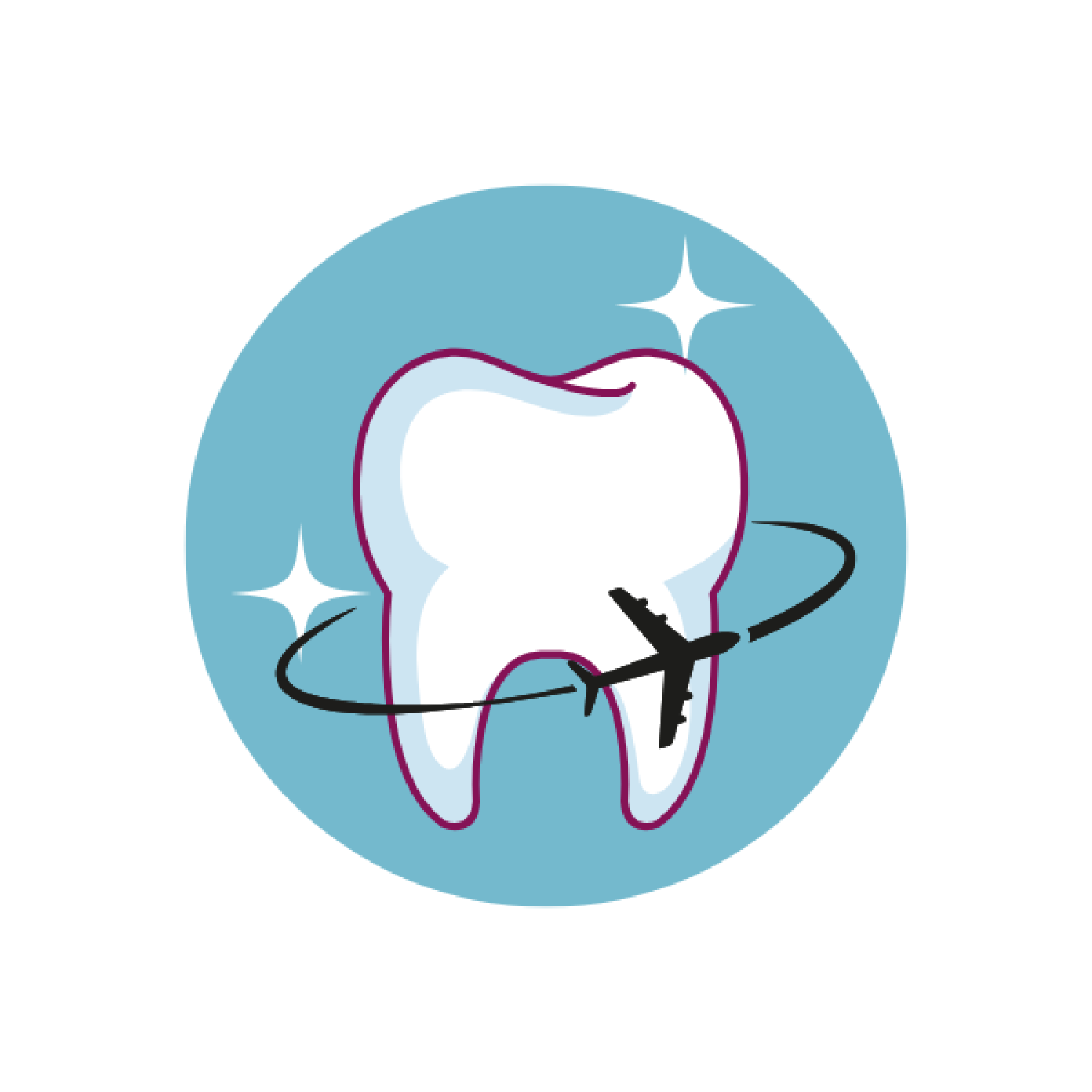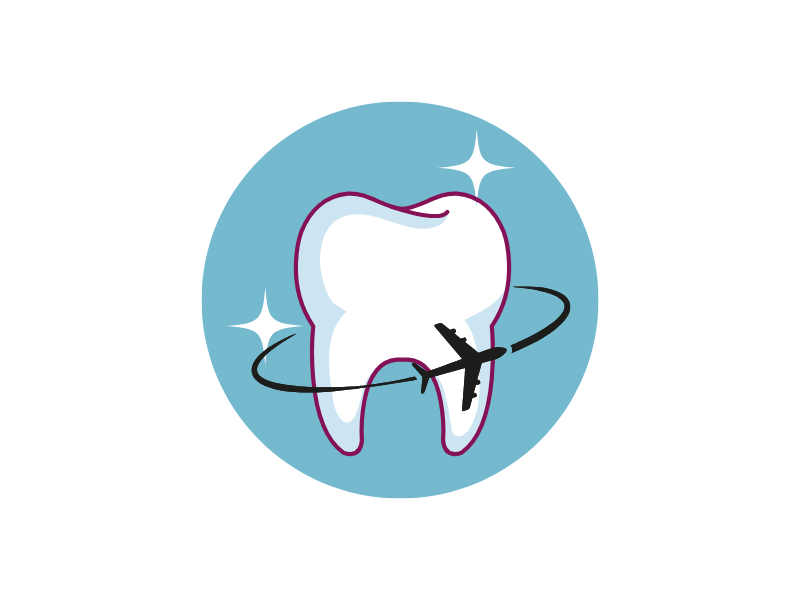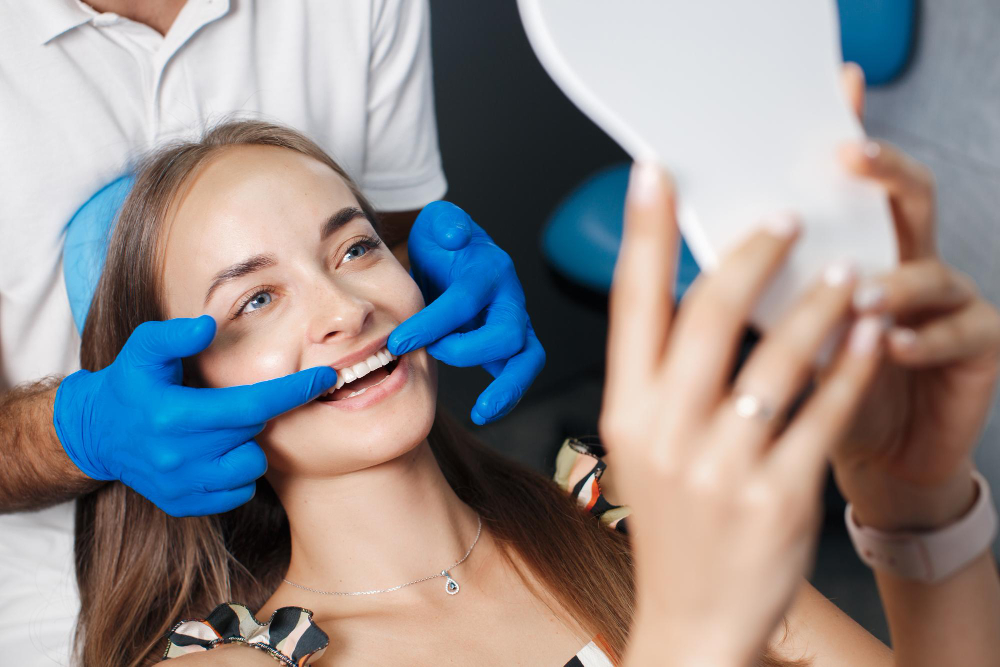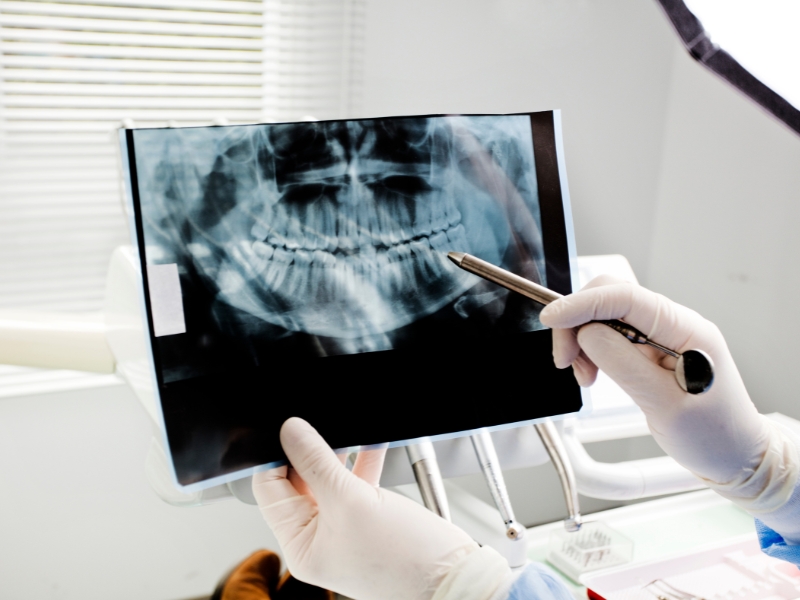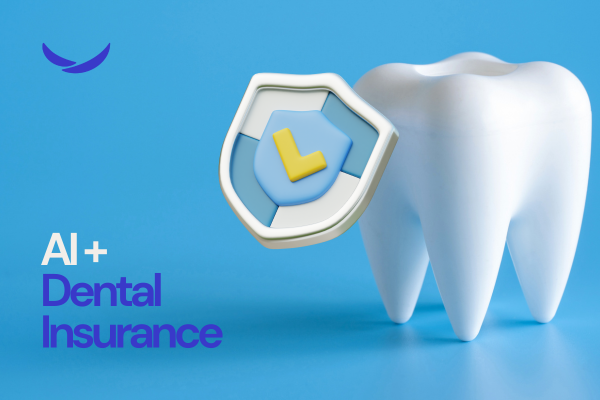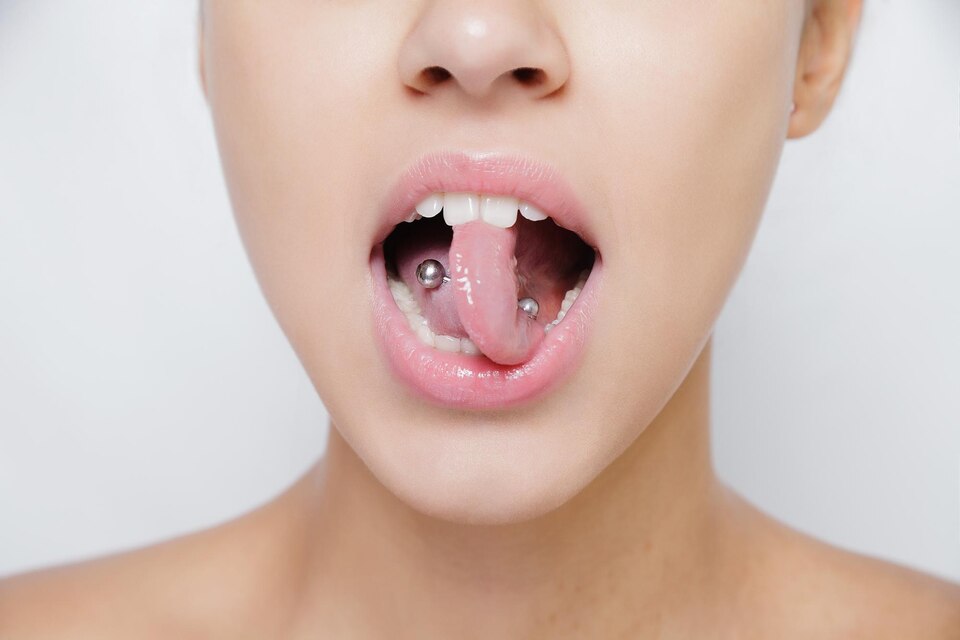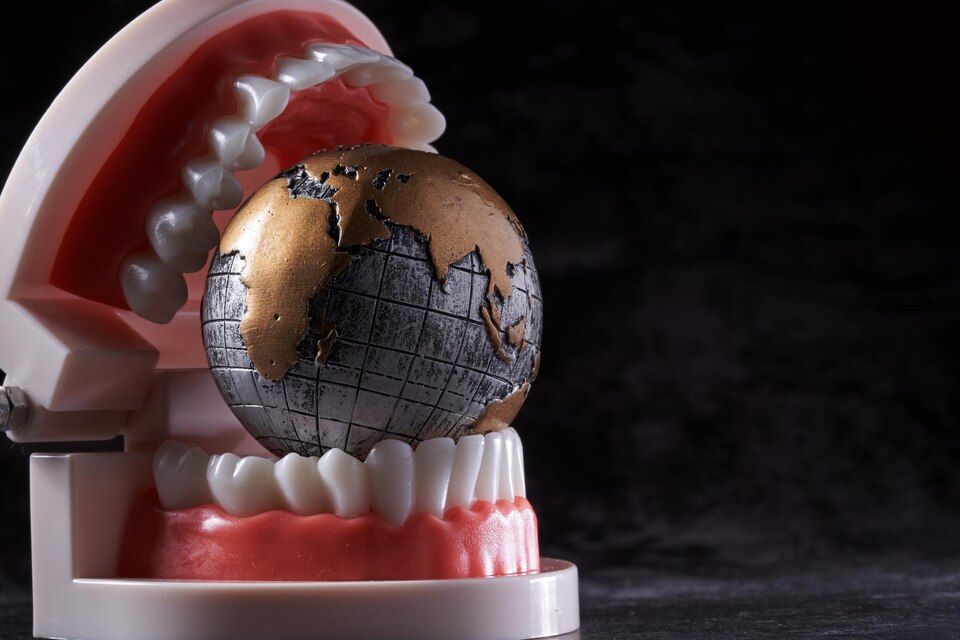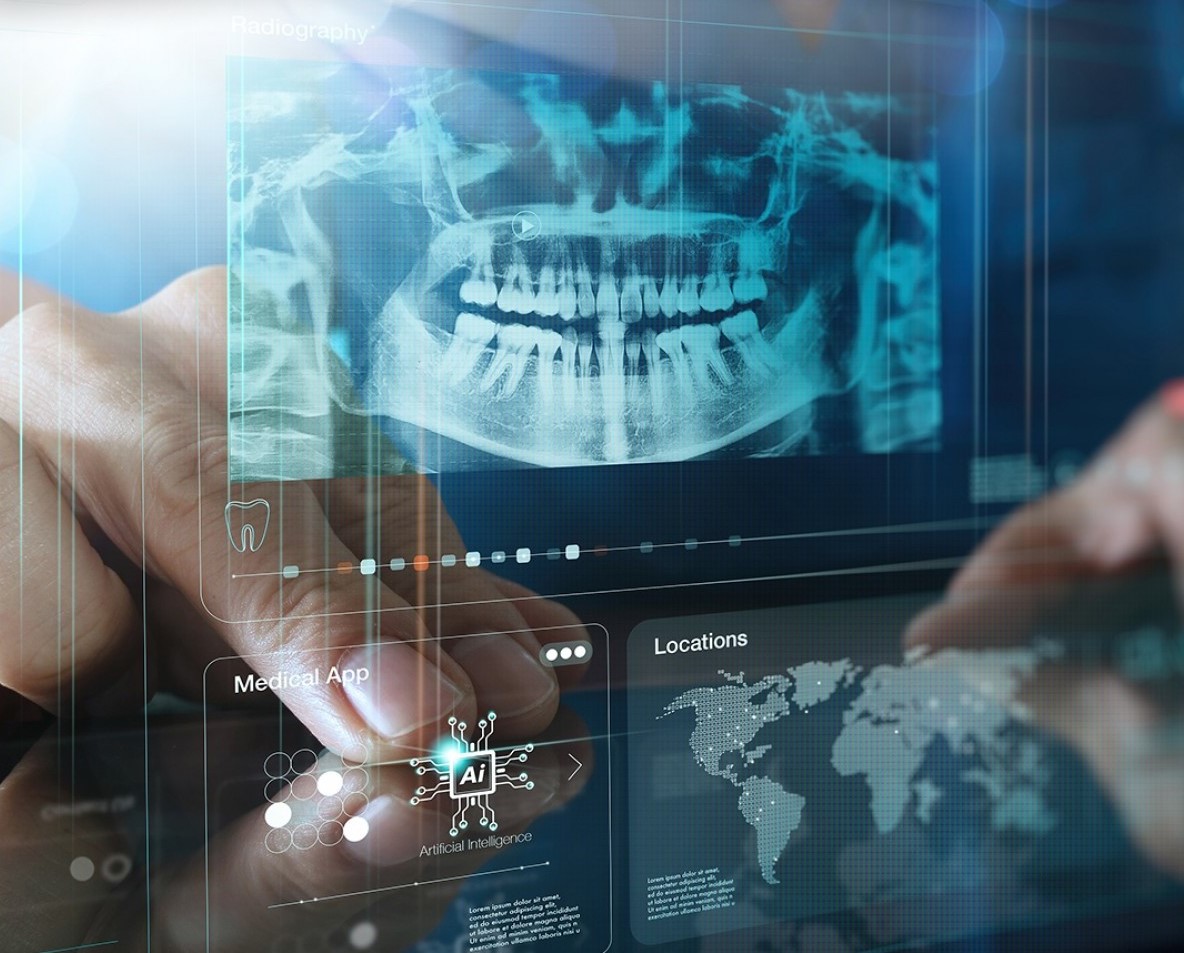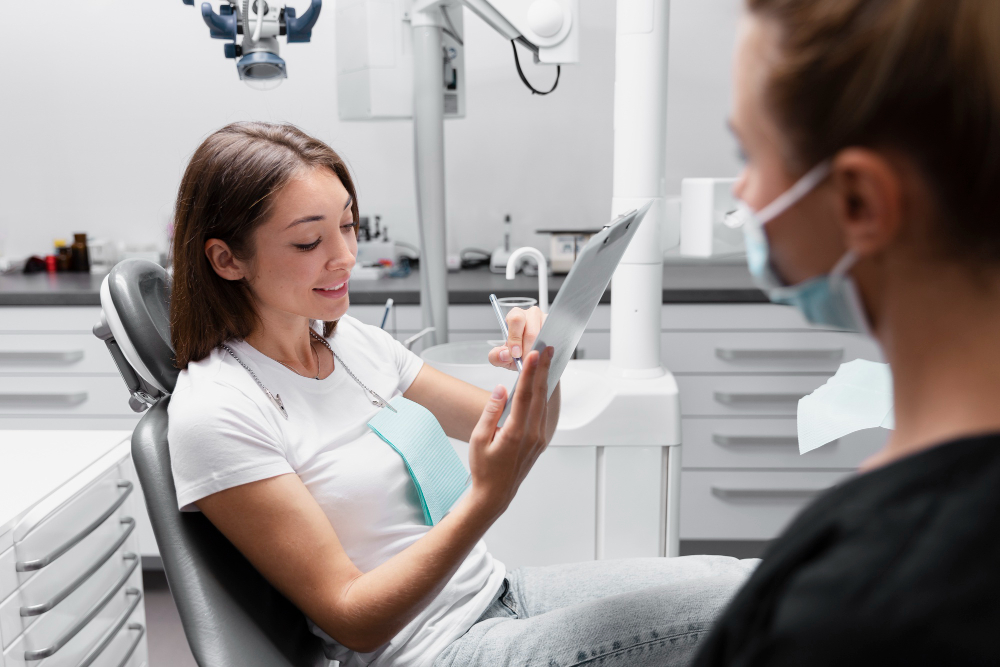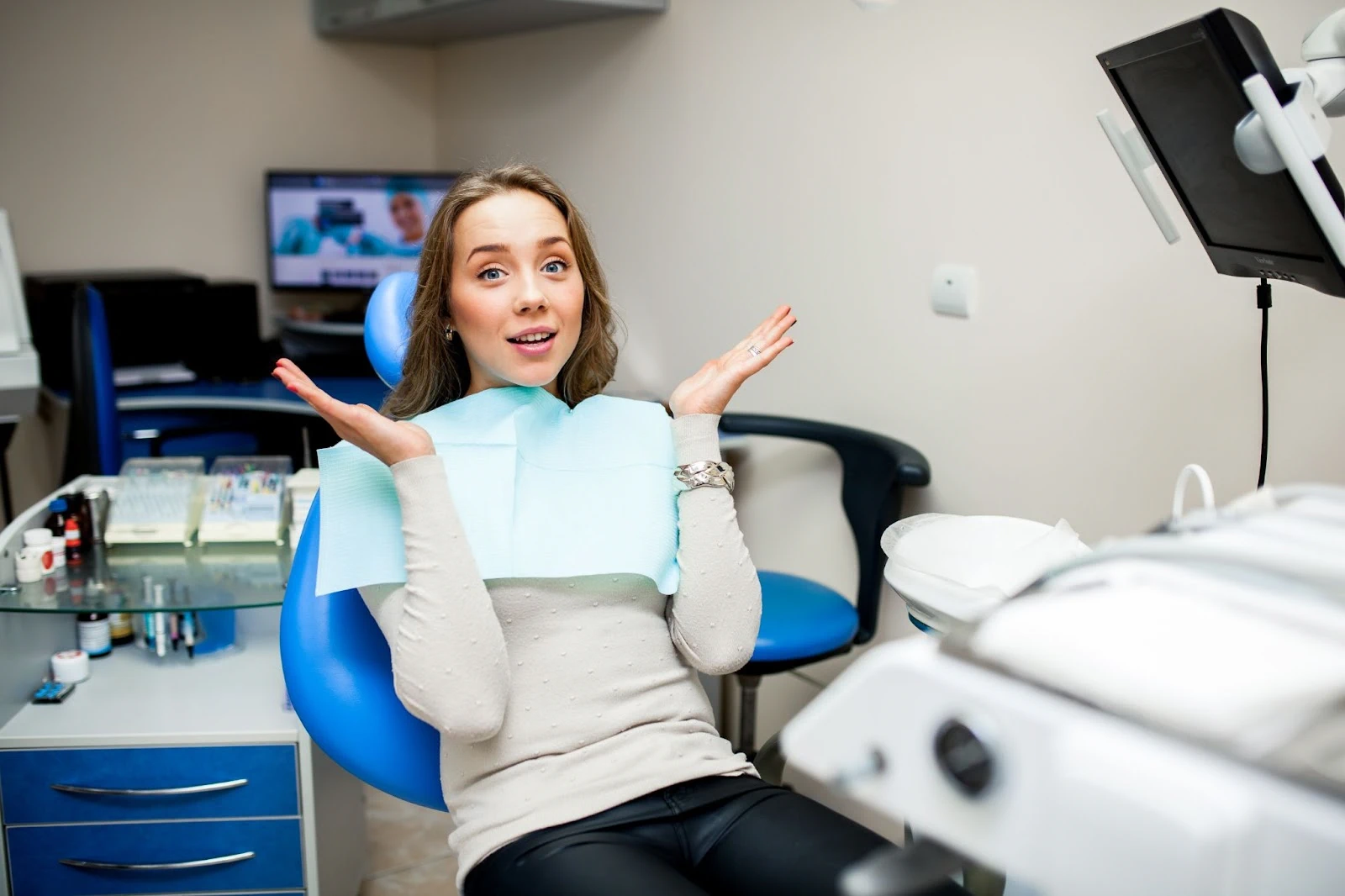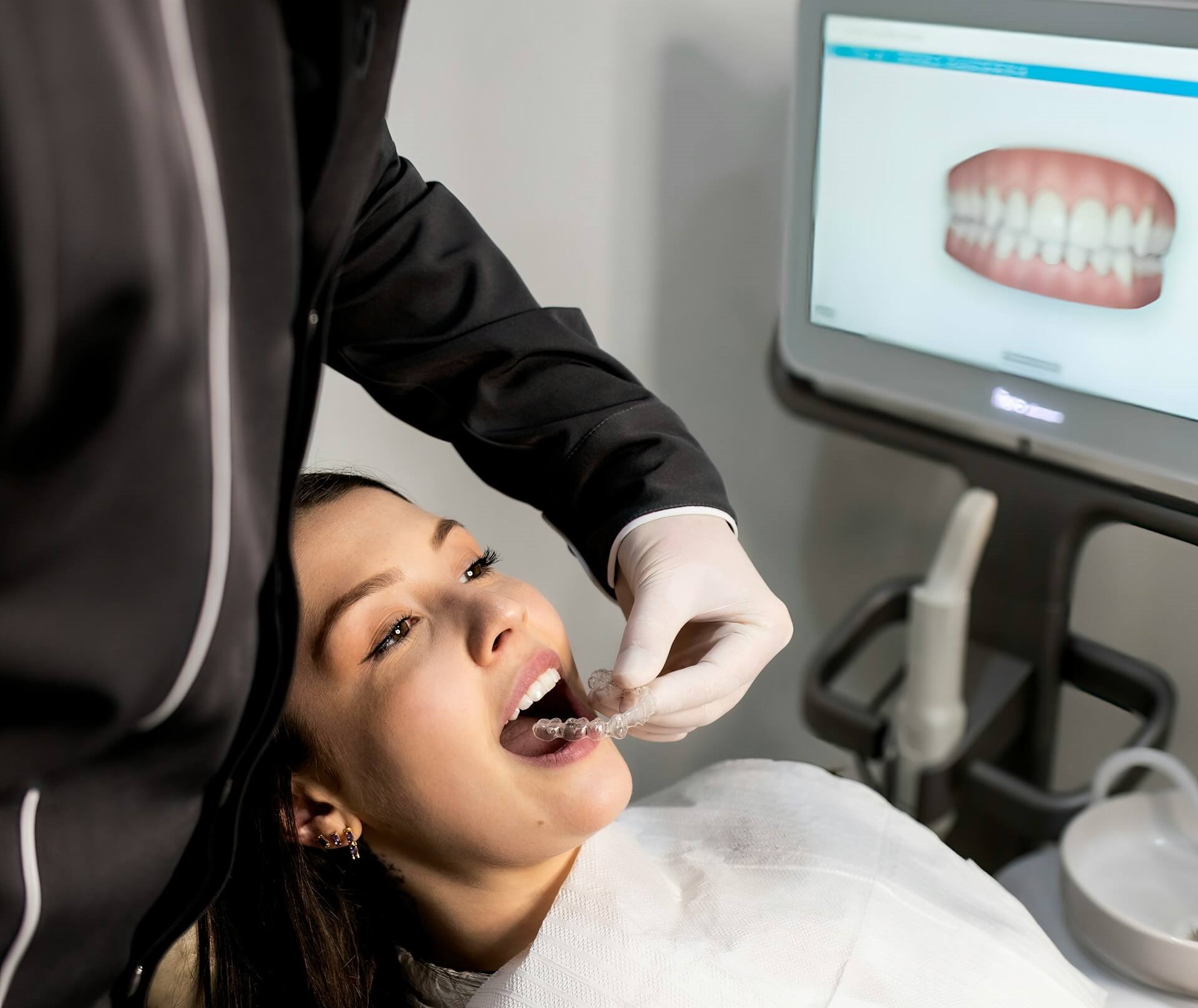What if a single technology could cut diagnostic errors by 30%, shave days off treatment planning, and make dental tourism a seamless, world-class experience for patients crossing borders? That’s not a hypothetical—it’s the reality of artificial intelligence (AI) in dental tourism as we step into 2025. For dental professionals, researchers, and clinics catering to international patients, AI isn’t just a buzzword—it’s a game-changer addressing the pressing challenge of delivering high-quality, efficient care under tight schedules and diverse patient needs. A recent survey of dental practices adopting AI revealed a staggering 35% boost in patient satisfaction and a 40% leap in operational efficiency (Smith et al., 2024). Ready to dive into how AI is reshaping this multi-billion-dollar industry? Let’s explore the science, applications, and future of this dental revolution.
AI-Powered Diagnostics:
Precision That Transcends Borders
Imagine a patient in Brazil uploading a panoramic X-ray to a dental clinic in Thailand and receiving a detailed pathology report in under 10 minutes—before booking their flight. AI-driven diagnostic tools are making this a reality in dental tourism. Leveraging deep learning algorithms, these systems analyze imaging modalities like CBCT scans, intraoral X-rays, and 3D models, detecting 25-65 pathologies with over 90% accuracy (Lee et al., 2023). From caries to peri-implantitis, AI spots subtle anomalies human eyes might miss, a critical advantage for time-pressed tourists needing comprehensive care in one trip.
Case Study Spotlight: In late 2024, a clinic in Budapest used AI to flag early peri-implantitis in a Canadian patient’s scan—missed by prior manual reviews. This preemptive catch during a planned whitening visit saved the patient a future emergency trip, slashing costs by an estimated $4,000 (Kovács, 2024). For dental tourism hubs, integrating AI diagnostics into pre-travel workflows isn’t just efficient—it’s a marketing goldmine, attracting savvy patients who value precision.
Streamlined Scheduling and Telehealth:
Maximizing Every Minute
How do you fit a root canal, two implants, and a crown into a 5-day dental vacation? AI-powered scheduling systems are the unsung heroes of dental tourism efficiency. These tools juggle procedure complexity, practitioner availability, and recovery windows, cutting scheduling conflicts by 30% (Dental Tech Review, 2024). Clinics in popular destinations like Costa Rica report handling 25% more international patients without adding staff, thanks to AI optimization.
But the real breakthrough? AI-driven telehealth. Patients now consult with specialists via platforms featuring real-time translation powered by natural language processing (NLP). A 2025 study found that 78% of dental tourists preferred pre-travel AI consultations, citing reduced anxiety and clearer treatment expectations (Gupta & Chen, 2025). For clinics, this means better prep time and fewer surprises when patients arrive.
Ask your dental tourism provider about AI telehealth options—it could save you a trip or thousands in misaligned expectations.
Personalized Care:
Breaking Language and Trust Barriers
Ever tried explaining a complex dental procedure to a patient who speaks a different language, in a 20-minute consult? AI is rewriting that script. Advanced systems generate visual reports—think color-coded 3D models of decay or implant plans—that transcend language barriers. A 2025 study showed patients receiving AI-supported explanations had 40% higher comprehension rates and 25% greater trust in treatment plans (Rodriguez et al., 2025).
NLP algorithms now translate dental jargon across 50+ languages in real-time, fostering nuanced discussions about risks and outcomes. For dental tourists, this clarity builds confidence, especially when committing to costly procedures abroad. Clinics leveraging these tools report a 20% uptick in treatment acceptance rates—proof that AI isn’t just clinical; it’s relational.
AI in Dental Implants:
Precision Meets Patient Expectations
Dental implants dominate dental tourism—over 60% of travelers seek them (Global Dental Trends, 2024). AI elevates this high-stakes procedure with implant planning tools that analyze bone density, bite forces, and tooth alignment to recommend optimal placement. A 2024 multi-center trial found AI-guided implants cut complications by 28% and reduced chair time by 35% (Patel et al., 2024). For tourists on tight schedules, that’s fewer days in the chair and more time enjoying their destination.
What’s more, AI simulations now let patients preview their post-implant smile with 95% accuracy. This visualization slashes decision paralysis—a win for clinics converting hesitant travelers into confident clients.
Why settle for guesswork when AI can map your perfect smile before you land?
Collaboration and Complex Cases:
AI as the Global Connector
Full-mouth rehab in a week? It’s ambitious, but AI makes it feasible. Multi-disciplinary platforms allow specialists—prosthodontists, oral surgeons, orthodontists—to collaborate in real-time, annotating AI-analyzed scans and syncing treatment plans. A 2025 case study from a Turkish clinic showed AI coordination reduced planning time for a 12-implant case from 10 days to 3 (Yilmaz, 2025).
AI also taps global outcome databases, offering evidence-based insights for rare cases. This predictive power is a lifeline for tourists needing complex care in condensed timelines, ensuring every specialist is on the same page.
Privacy and Trust:
Safeguarding Data Across Borders
With great power comes great responsibility—especially when patient data crosses continents. AI platforms in dental tourism now use military-grade encryption and comply with GDPR, HIPAA, and emerging AI-specific healthcare laws. Clinics leading the pack, like those in Seoul, offer multilingual privacy policies, boosting trust among 85% of surveyed patients (Kim & Park, 2025).
Providers should audit their AI systems biannually for compliance—patients notice, and it’s a competitive edge.
The Future:
AI’s Next Frontier in Dental Tourism
What’s next? Picture virtual reality (VR) consults where patients “test-drive” their new smile from 5,000 miles away, or AI-guided nanotechnology for minimally invasive procedures. These innovations, slated for wider adoption by 2027, promise to slash recovery times and elevate outcomes (Future Dentistry Report, 2025). Clinics investing now will lead the pack, drawing tech-savvy travelers seeking cutting-edge care.
Conclusion:
A Call to Shape the AI-Driven Dental Frontier
AI in dental tourism isn’t a trend—it’s a transformation. From diagnostics to implants, it’s delivering precision, efficiency, and trust at a scale never seen before. Clinics adopting these tools aren’t just surviving; they’re thriving, with patient bases growing 15% year-over-year (Dental Tourism Index, 2025). For researchers, the challenge is refining AI’s predictive power; for practitioners, it’s integrating it without losing the human touch.
What’s your take? Are we on the cusp of a golden age in global dental care, or do risks like over-reliance loom large? Share your insights below, debate with peers, or apply these strategies in your practice. The AI revolution is here—let’s shape its future together.

